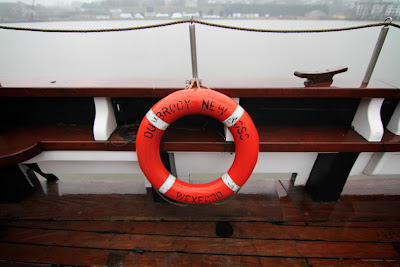The origins of County Derry start when it was created in a
charter by King James I. The prefix, “London,” was added for its association
with the London-based Livery Company. However, the modern name for the county
usually is a hyphenated name or completely drops the prefix all together. The
town of Derry built a wall around the city in 1613. In 1922, Derry officially left
Ireland and become part of Northern Ireland. Currently, it was one of four
Northern Ireland counties to have a majority of Catholics as the practicing
religion of choice. This is certainly a significant statistics due to its
historical meaning. In more modern times, a group of artists known as the
Bogside Artists came together to paint murals around the city that commemorate
the people involved during the times of troubles. These have become one of the
most visited sites in all of Ireland and Northern Ireland. Near these murals
stands a monument to honor the fallen during the Bloody Sunday Massacre. These
two sites create a very strong emotional reaction for anyone visiting County
Derry.
Our group really enjoyed the entire
trip to and around the city of Derry. Nathan thought walking around the city
and hearing various historical facts about its place in European history was
absolutely fascinating. Jennie loved the murals and how they are still
culturally relevant, even after all the fighting has basically ceased. Max
said, “this city seemed very somber and still broken compared to what it
probably once was.” All in all, the experience was quite unique compared to
anywhere else from Ireland. Being in northern Ireland greatly increased our
understanding of what exactly the Time of Troubles would have been like for the
people involved.












